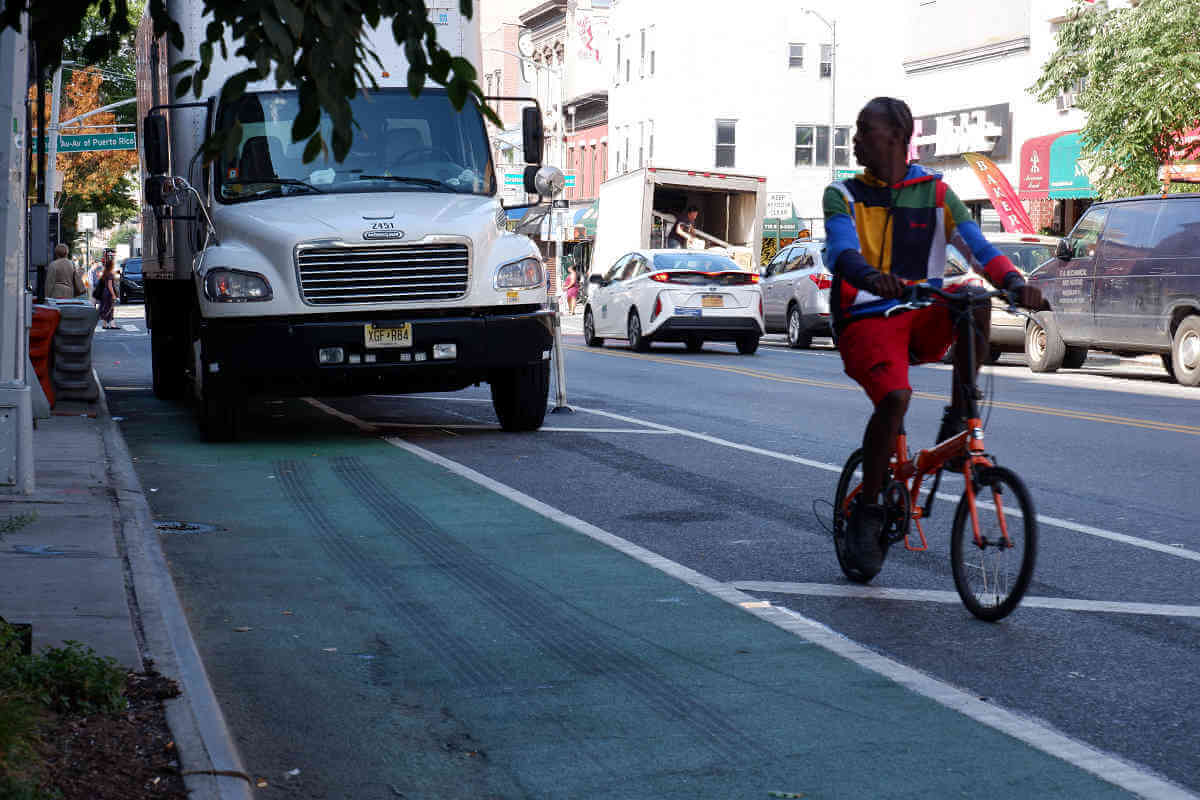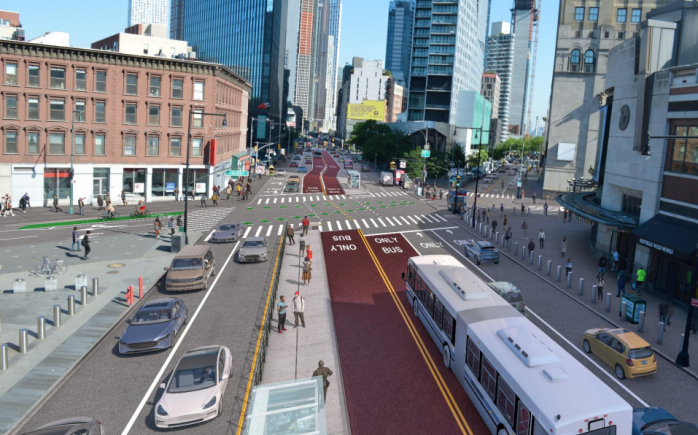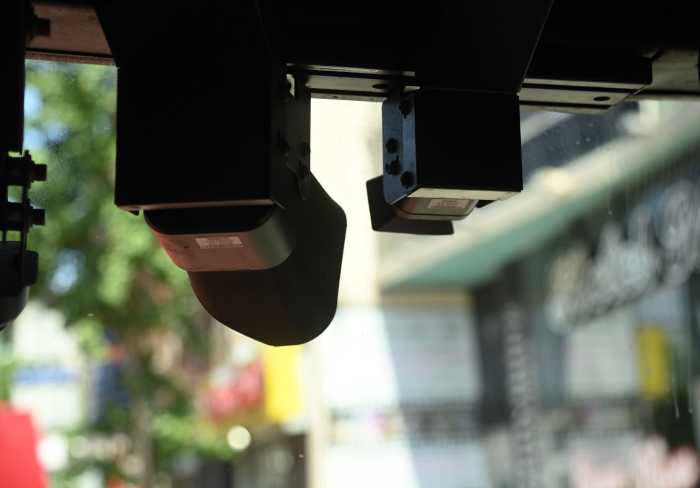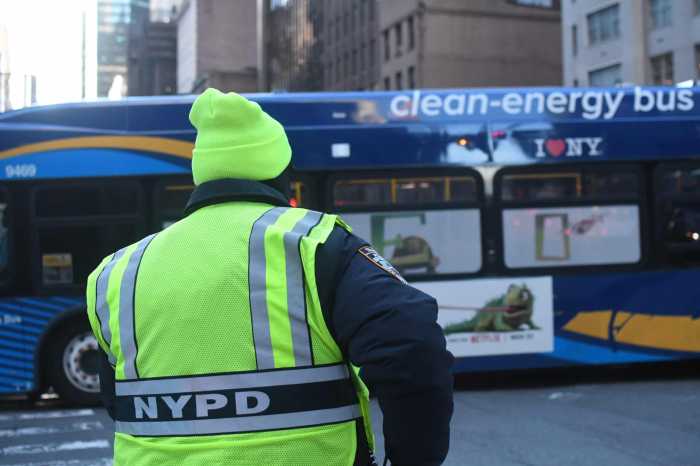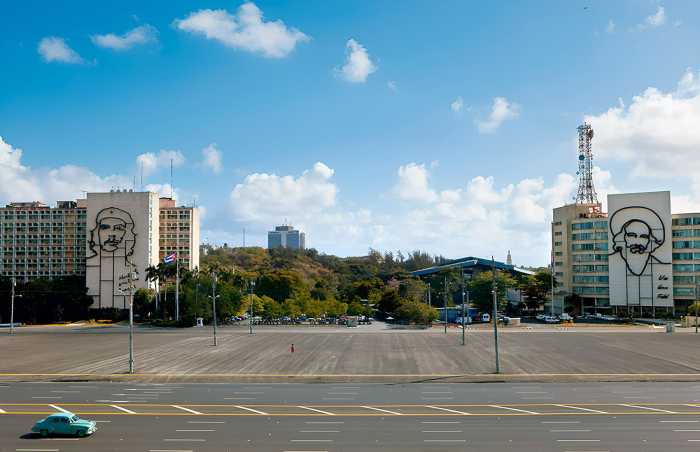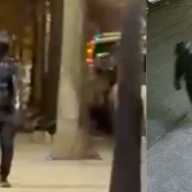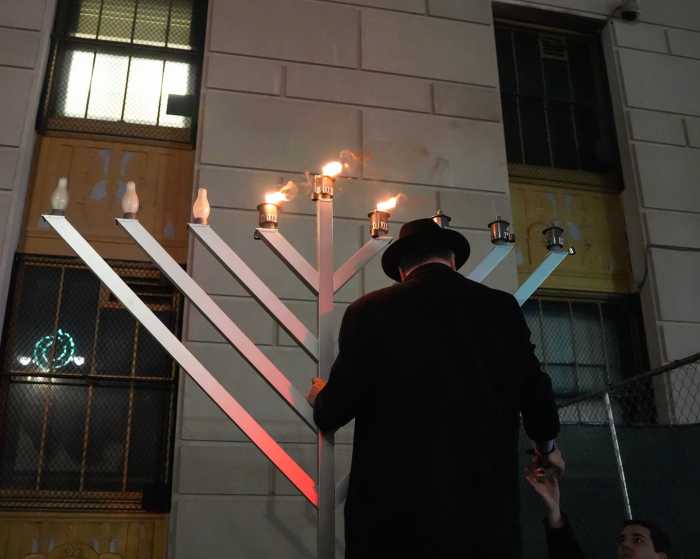Camera-equipped MTA buses that issue tickets to cars blocking bus lanes will expand their scope next year, part of a pilot program to issue tickets to those vehicles blocking bike lanes as well.
The MTA was granted authorization to enforce bike lane blockage in this year’s state budget, in tandem with an expansion of its purview to ticket motorists blocking buses. And at Wednesday’s meeting of the MTA Board, the final transit confab of 2023, the agency’s Senior Advisor for Special Projects and Initiatives, Jessica Mathew, said a pilot program is in the works with the city’s Department of Transportation (DOT) to hit bike lane blockers in their wallets.
“We’re also thinking very carefully about the importance of having safer routes to ride a bike,” said Mathew. “As part of our authorization for expanded automated camera enforcement for buses, we are also able to expand that to bike lane violations as well. And we’re working with the DOT on how to roll out a pilot of that next year.”
The MTA launched its Automated Bus Lane Enforcement (ABLE) program in 2019, equipping buses on certain routes with cameras that can automatically issue $50 tickets to motorists blocking bus lanes. Since then, ABLE cameras have been deployed on 21 routes and have issued more than 300,000 tickets. Next year, the MTA is rebranding ABLE as ACE — short for Automated Camera Enforcement — to reflect that equipped buses will be able to enforce against illegal parking at bus stops and double parking as well.
Rich Davey, the president of MTA New York City Transit, said enforcement in bike lanes will work much the same as in bus lanes, though the specific routes and rules still need to be worked out with the DOT.
“It’ll work much like, just from an IT perspective, much like today when we enforce bus lanes. So the AI will look at a license plate and then work to make sure it’s not exempt, and then send a ticket,” said Davey. “But in terms of identifying the actual bike lanes for next year, we’ll work closely with the DOT. And we work with them on the rules too, in terms of how often you can ticket and how much time you give folks.”
Bus routes average a 5% bump in speed after being equipped with ABLE, according to MTA data, which can make commutes more tolerable in a city with the nation’s slowest buses.
“There is a wealth of data that show automated enforcement changes driver behavior,” said DOT spokesperson Vin Barone. “This expansion represents an exciting opportunity to deliver faster and more reliable bus service and safer streets—and we are excited to partner with the MTA on this initiative.”
Combating a danger for cyclists
Parking in bike lanes is rampant across the city, forcing cyclists into the dangerous situation of swerving into motor vehicle traffic. The practice is illegal and carries a $115 fine, but enforcement by police is scant.
Legislation at the city level to create a civilian bike lane enforcement program has languished in the City Council, even after sponsors removed a provision to kick back a portion of ticket revenue to tipsters like is allowed for illegal idling complaints.
This year has been a particularly deadly one for cyclists, 27 of whom had lost their lives on city streets in collisions as of the beginning of this month, according to DOT.
In bus lanes, the MTA says that over 90% of people who get a single ticket for illegal parking do not re-offend.
The news of the impending pilot came during a one-year update on the MTA’s plan to improve bicycle and micro-mobility connections to transit. Mathew said the percentage of subway stations with bike racks within 100 feet has risen to 99% this year, and will reach 100% by the middle of next year. The MTA is also looking into secure bike parking facilities at commuter rail stations.
The bike plan comes as New York prepares to implement congestion pricing, which officials hope will spur many New Yorkers to abandon driving in favor of public transit.
Jon Orcutt, advocacy director at Bike New York and a former city transportation official, says cyclists will still find themselves in peril as long as there’s an “omnipresence” of cars on New York City streets and in its bike lanes.
“Anything helps,” said Orcutt. “But the sheer volume and omnipresence of cars in bike lanes is going to take way more than a few cameras on buses to solve.”
Read more: Revel to Open Five New EV Charging ‘Superhubs’ in NYC



